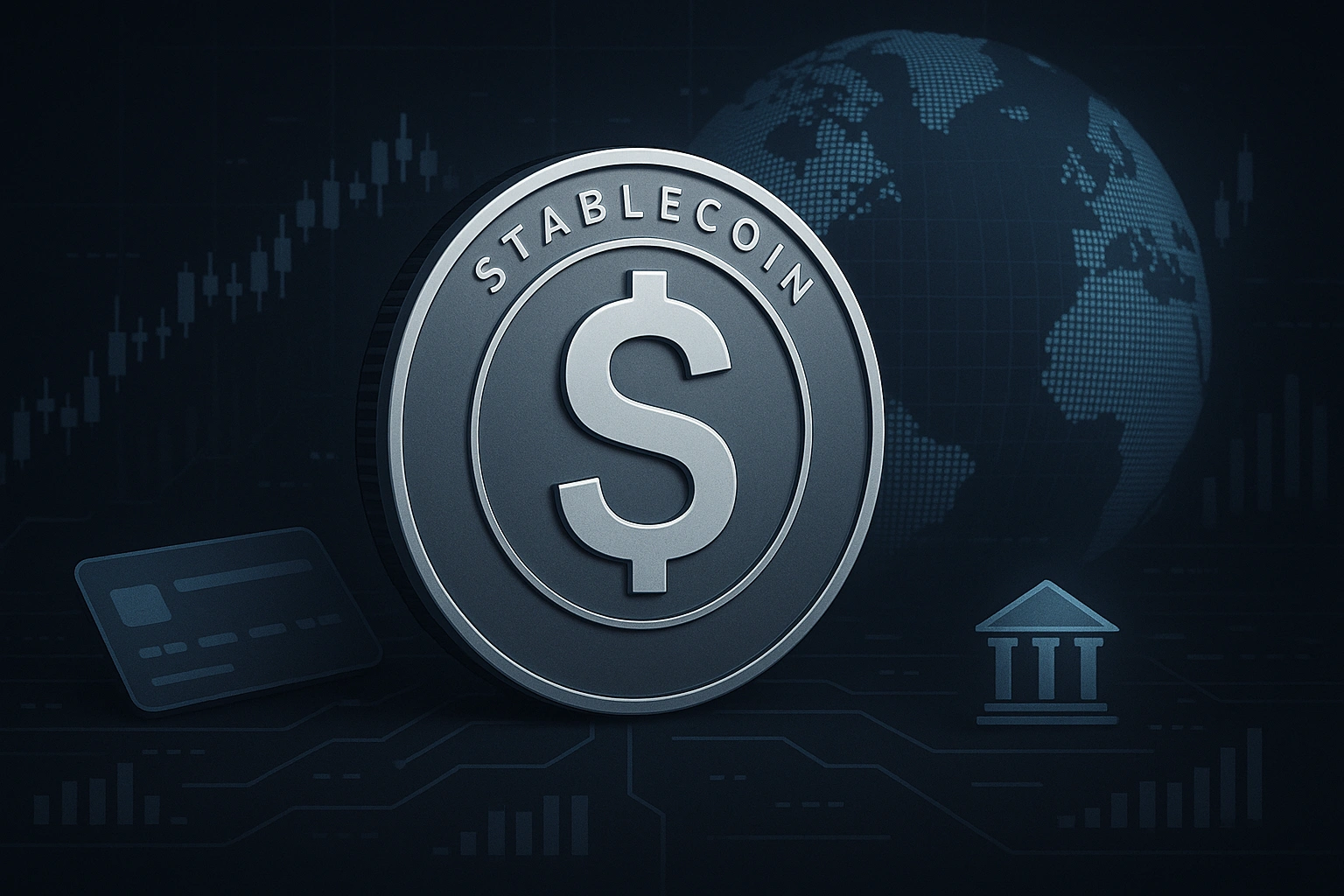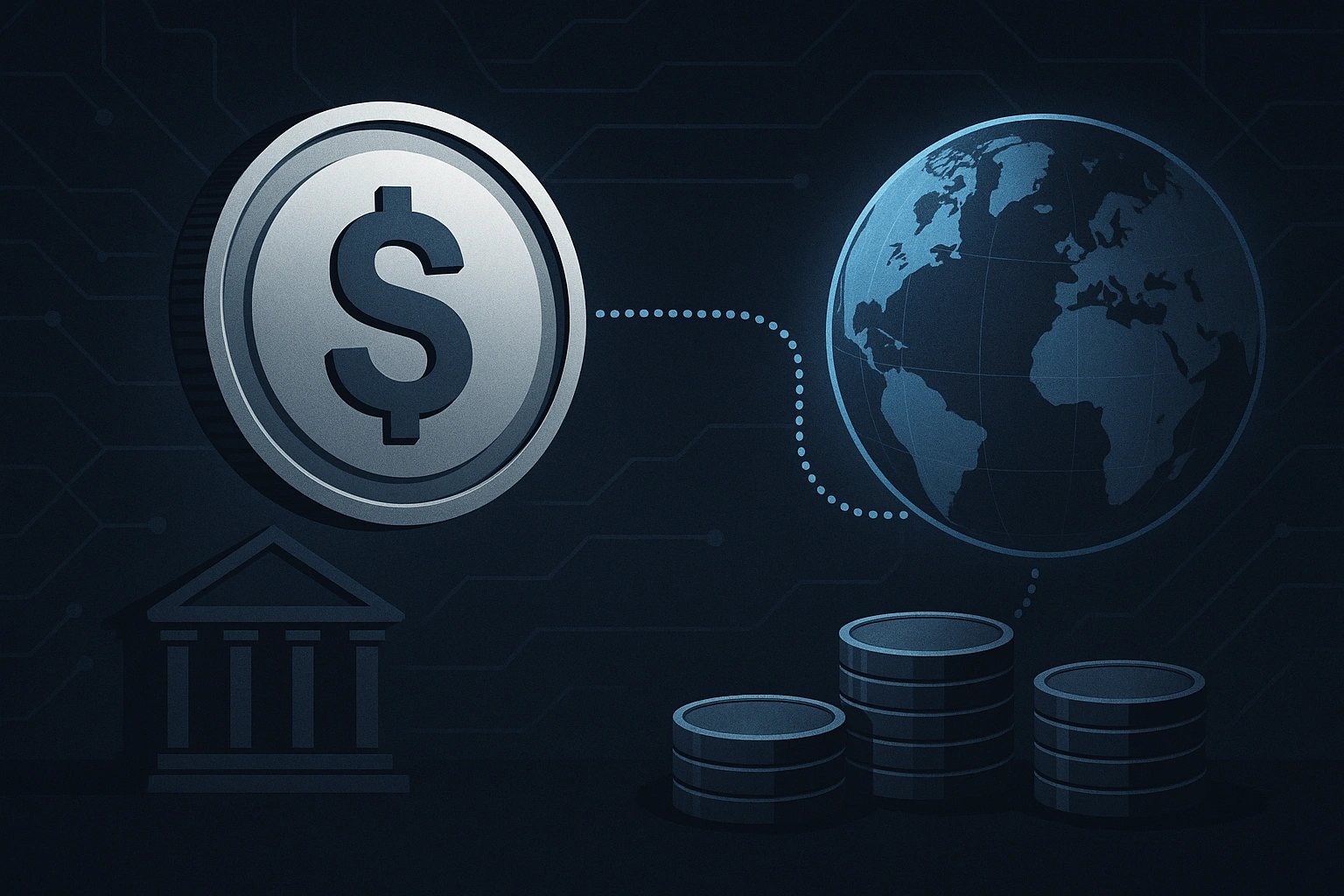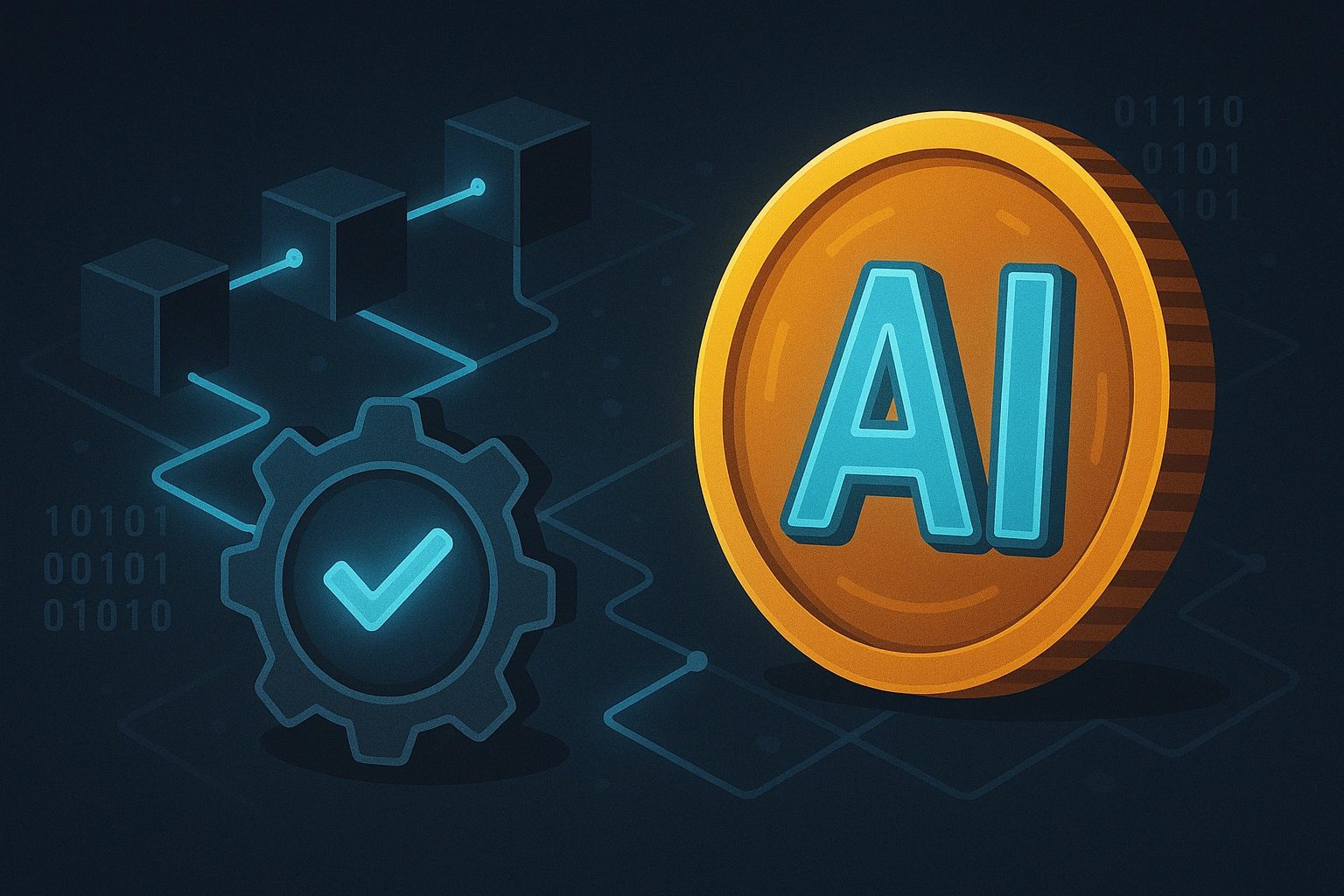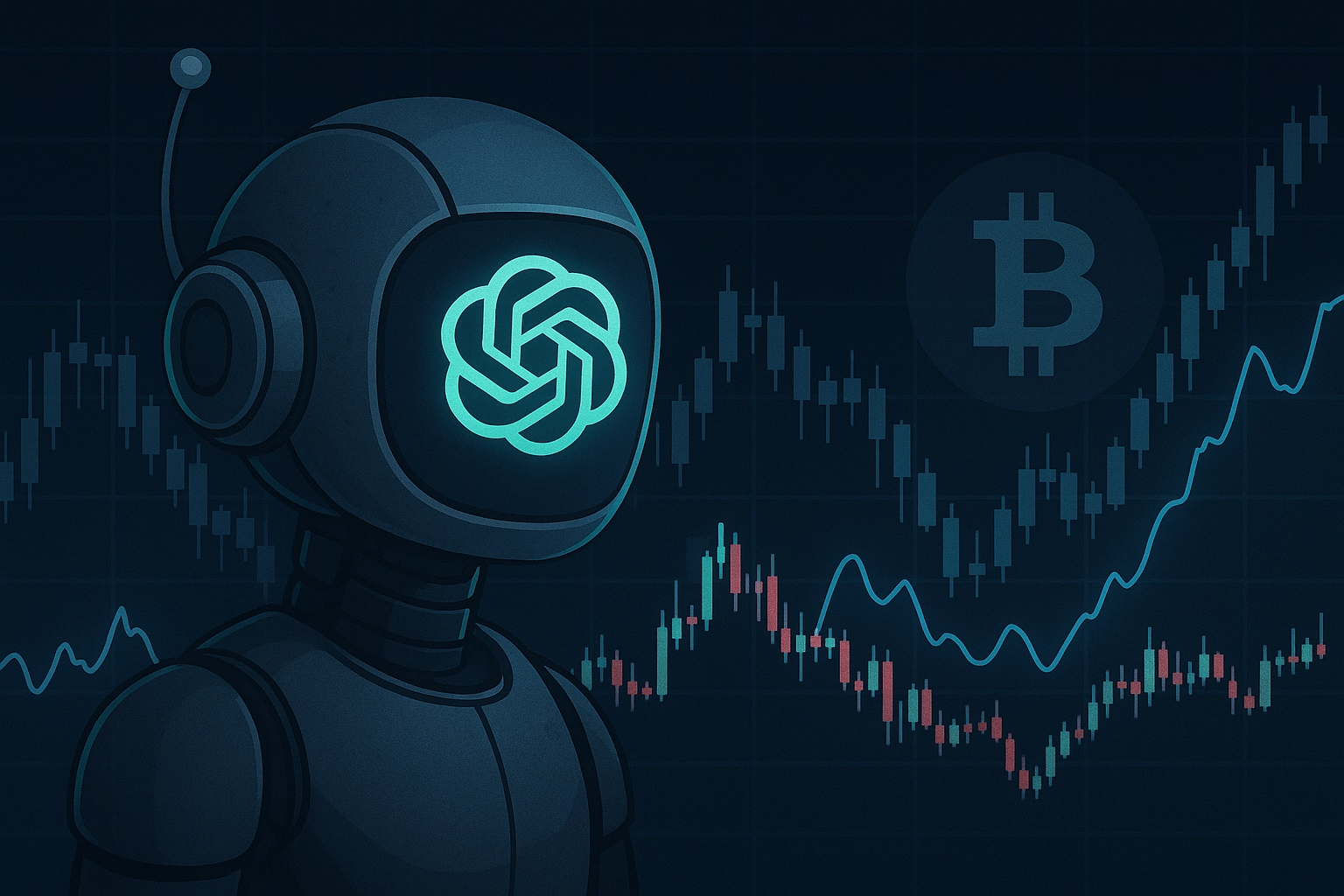Stablecoins have emerged as a pivotal innovation in the evolution of digital finance. Designed to maintain a stable value relative to fiat currencies, these digital assets are increasingly being adopted for global payments, remittances, and corporate treasury management.

As the world transitions toward Banking 2.0, stablecoins are poised to play a central role, serving as digital dollars and complementing traditional financial systems. Understanding stablecoins regulation, market options, and future applications is crucial for investors, businesses, and policymakers.
What Are Stablecoins and How They Work
Stablecoins are cryptocurrencies pegged to stable assets such as USD, EUR, or commodities. They are engineered to combine the efficiency of digital currencies with the stability of traditional fiat.
Types of Stablecoins:
- Fiat-Collateralized: Backed by reserves of traditional currencies (e.g., USDT, USDC).
- Crypto-Collateralized: Backed by other cryptocurrencies, often overcollateralized to maintain stability (e.g., DAI).
- Algorithmic Stablecoins: Use smart contracts and algorithms to stabilize value without direct collateral (e.g., FRAX).
Stablecoins function as digital dollars, enabling fast, low-cost transactions across borders while reducing exposure to crypto volatility.
Stablecoins in Global Payments
The integration of stablecoins into payment systems is transforming how money moves globally:
- Cross-Border Transactions: Reduce fees and settlement times compared to SWIFT and traditional wire transfers.
- Remittances: Enable faster and cheaper transfers for migrant workers sending money home.
- Corporate Treasury Management: Companies can hold stablecoins for liquidity management and instant payments.
- DeFi Integration: Stablecoins serve as a bridge between decentralized finance platforms and traditional assets.
The ability to transact seamlessly in stablecoins as digital dollars is driving adoption among financial institutions, fintech startups, and multinational corporations.
Best Stablecoins List
When evaluating stablecoins, factors such as transparency, liquidity, and regulatory compliance are critical. The best stablecoins list includes:
- USDC (USD Coin): Fully backed by USD reserves, widely used in DeFi and payments.
- USDT (Tether): The largest stablecoin by market capitalization, accepted globally.
- DAI: Decentralized, crypto-collateralized stablecoin, widely used in DeFi protocols.
- BUSD (Binance USD): Regulated and backed by USD, integrated into Binance ecosystem.
- FRAX: Hybrid algorithmic stablecoin offering partial collateralization and flexibility.
This selection balances stability, utility, and regulatory compliance, making them suitable for both individuals and institutions.
Stablecoins Regulation
As stablecoins gain traction, governments are developing frameworks to manage risks and ensure financial stability:
Key Regulatory Focus Areas:
- Reserve Transparency: Mandating regular audits and disclosures of backing assets.
- Consumer Protection: Safeguarding against loss or misuse in payments and savings.
- Anti-Money Laundering (AML) & KYC Compliance: Preventing illicit activity in digital finance.
- Systemic Risk Monitoring: Ensuring stablecoins do not threaten broader financial markets.
Regulatory clarity will accelerate adoption while building trust in stablecoins as digital dollars for global commerce.
The Future of Stablecoins in Banking 2.0
The future of stablecoins banking envisions a hybrid ecosystem where digital currencies and traditional financial infrastructure coexist:
- Central Bank Digital Currency (CBDC) Integration: Stablecoins may complement government-issued digital currencies for seamless transactions.
- Institutional Adoption: Banks and payment processors can leverage stablecoins for cross-border settlements and instant liquidity.
- DeFi & Open Banking: Stablecoins enable programmable payments, smart contracts, and decentralized lending.
- Global Financial Inclusion: Digital dollars provide access to financial services for unbanked populations worldwide.
By bridging fiat and crypto, stablecoins are set to become foundational to Banking 2.0, driving efficiency, inclusivity, and innovation.
Risks and Considerations
Despite their advantages, stablecoins carry challenges:
- Regulatory Uncertainty: Varying global frameworks may impact adoption.
- Collateral Management: Mismanagement of reserves can undermine stability.
- Smart Contract Risks: Algorithmic stablecoins depend on flawless code to maintain peg.
- Market Liquidity: Large-scale redemptions may strain liquidity during market stress.
Balanced risk management and compliance are essential for institutional confidence.
Final Thoughts
Stablecoins are reshaping global payments and Banking 2.0 by offering digital dollars that combine stability, speed, and accessibility. With clear stablecoins regulation, adoption of the best stablecoins list, and integration into corporate and DeFi ecosystems, these assets are becoming central to the future of finance.
For businesses, investors, and regulators, understanding stablecoins’ role is key to navigating the evolving landscape of digital finance.




